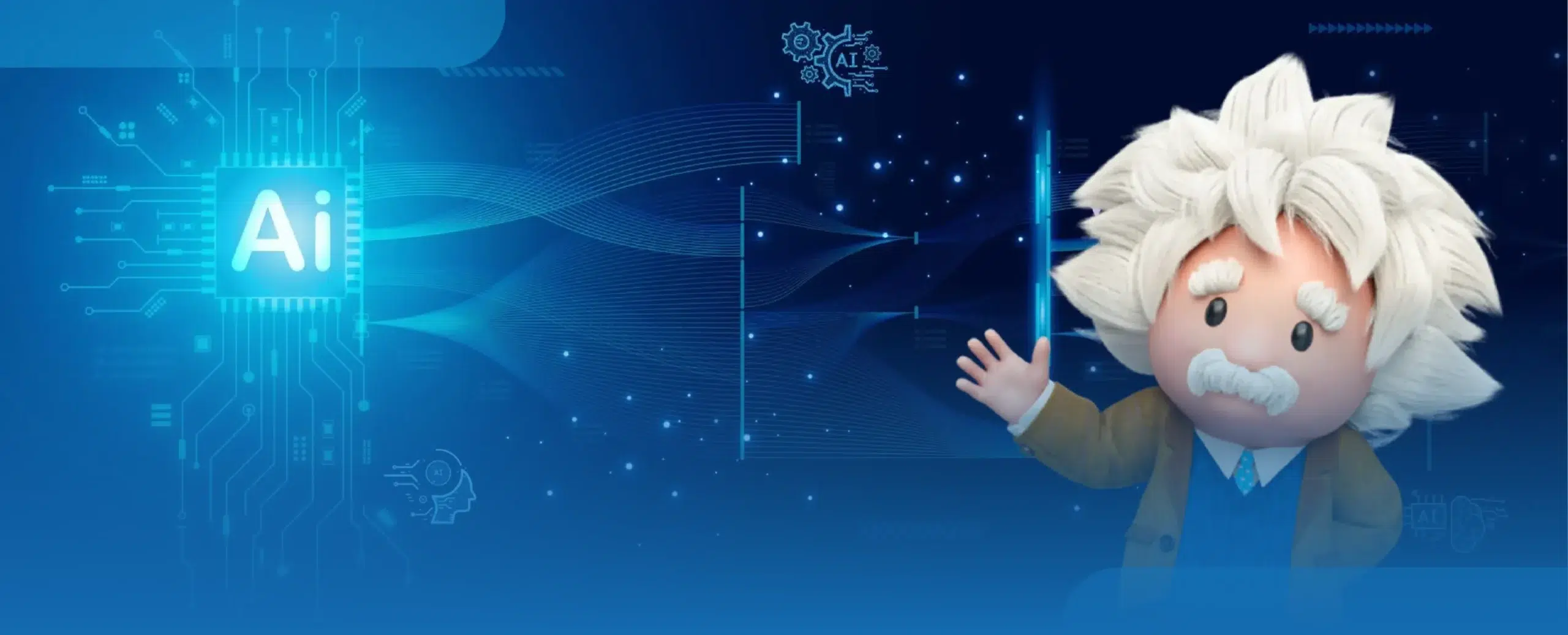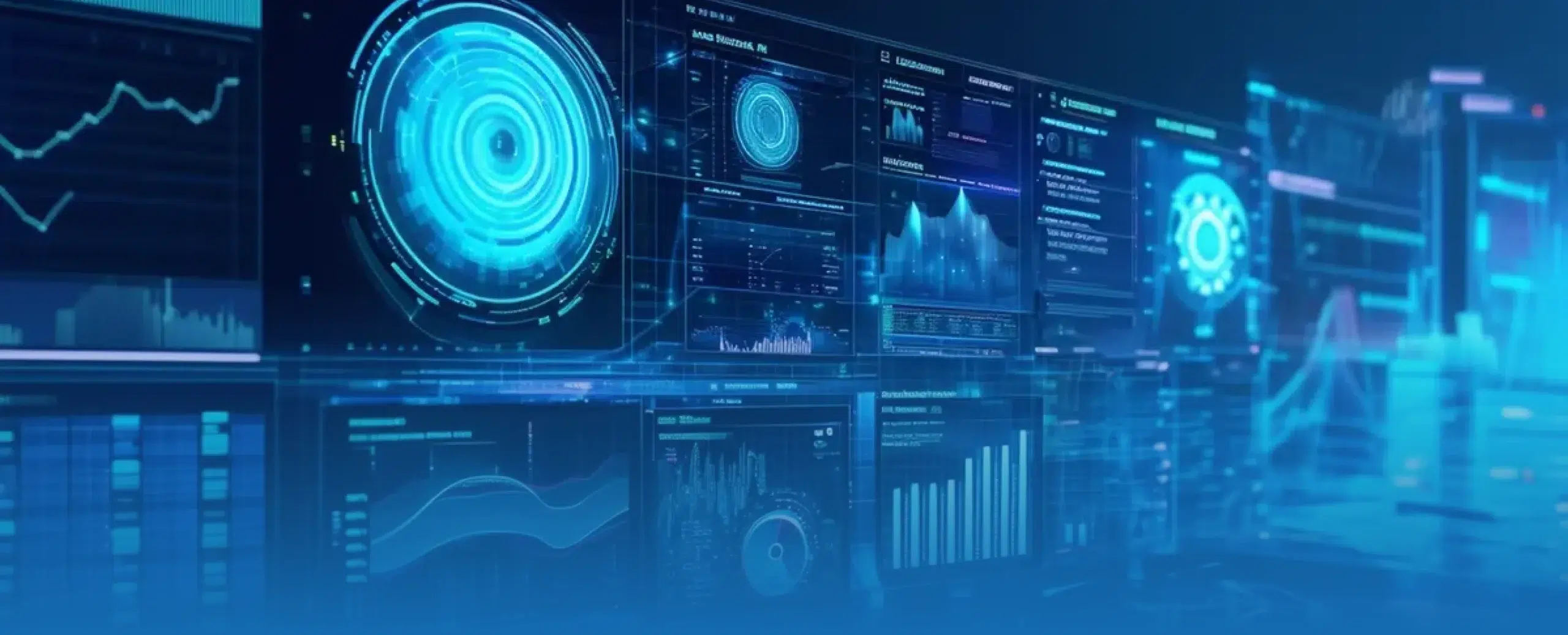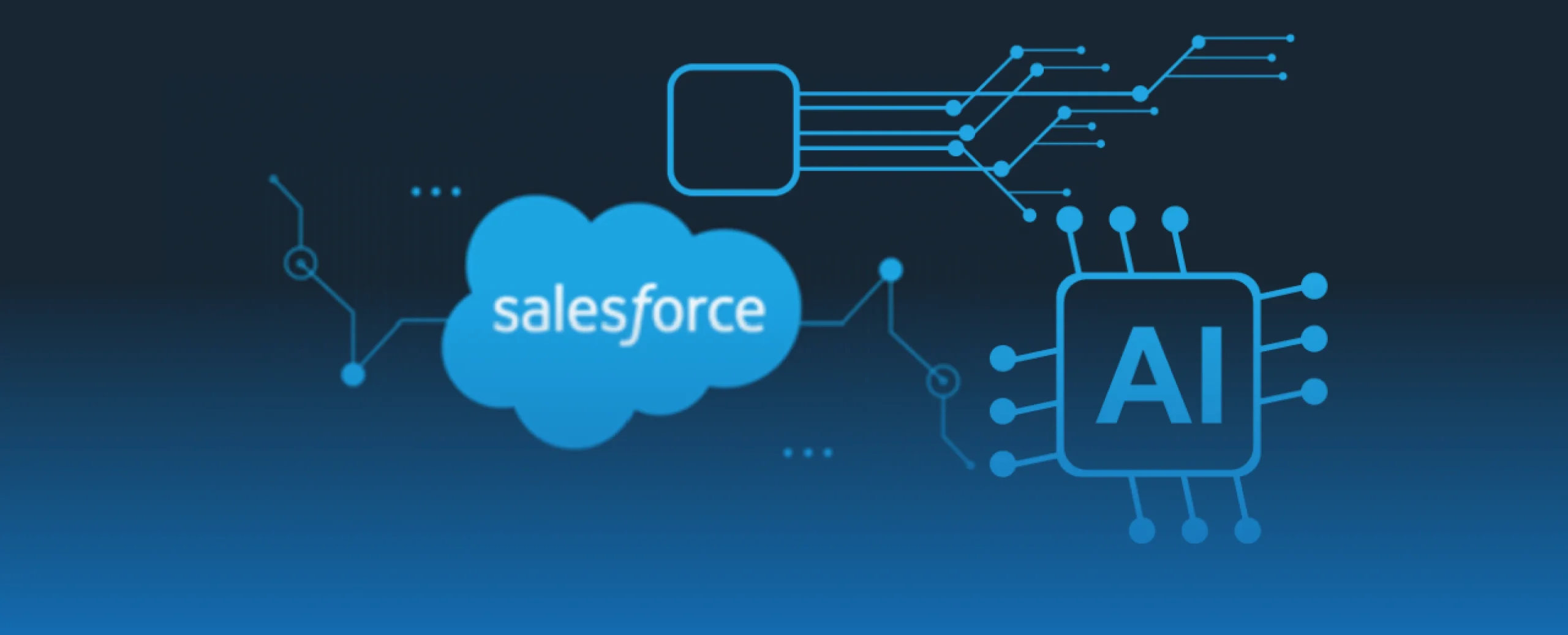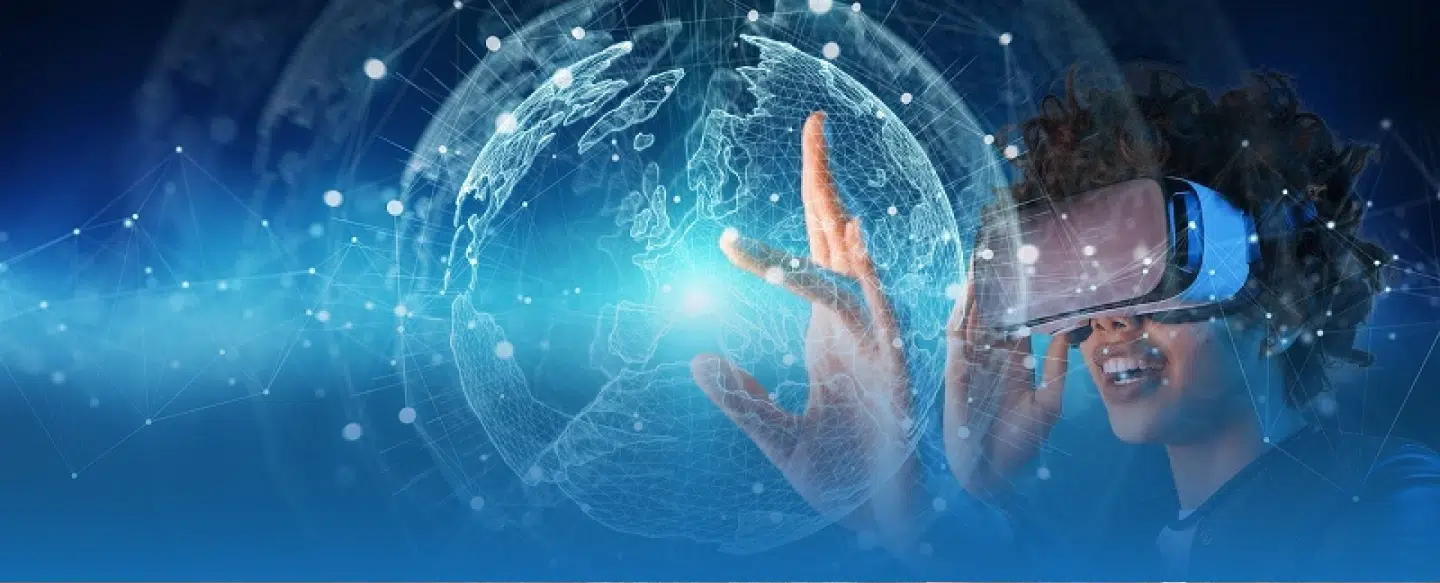
The Role of AR, VR and AI in Education and Training
Introduction
Education and training are no longer confined to textbooks and traditional classrooms. With the rise of new technologies like Augmented Reality (AR), Virtual Reality (VR), and Artificial Intelligence (AI), learning has become more interactive, personalized, and immersive. AR adds digital images and information to the real world, VR lets you experience different places as if you’re really there, and AI helps create lessons that fit your needs. These technologies are helping students learn better and making training more realistic and engaging.
What is AR, VR, and AI and how it helps in Education and Training?
Augmented Reality (AR)
 What it is
What it is
AR in education adds digital elements to the real world, helping students learn in a more interactive way. It lets students see things that aren’t physically present, like 3D models or animations, right in their classroom.
 Example
Example
Imagine a biology class where students use tablets to see a 3D model of the human heart. They can rotate it, zoom in, and learn about its parts without needing a real heart!
Virtual Reality (VR)
 What it is
What it is
VR immerses students in a completely virtual environment, making learning feel more like an adventure. With a VR headset, students can explore places, scenarios, or even historical events as if they were actually there.
 Example
Example
Picture a history lesson where students wear VR headsets and take a virtual tour of ancient Rome. They can walk around, interact with characters, and see what life was like back then, making the lesson much more engaging and memorable.
Artificial Intelligence (AI)
 What it is
What it is
AI helps create personalized learning experiences for students. It can analyze how a student is doing and suggest resources or lessons tailored to their needs.
 Example
Example
Think of a learning app that tracks how well a student is mastering math skills. If a student struggles with fractions, the AI can recommend extra practice problems or videos that explain the topic in a different way, helping them learn at their own pace.
Statistics
4x
Faster to train than in the classroom
275%
More confident to apply skills learned after training
3.75x
More emotionally connected to content than classroom learners
4X
More focused than their e-learning peers
Real-World Examples
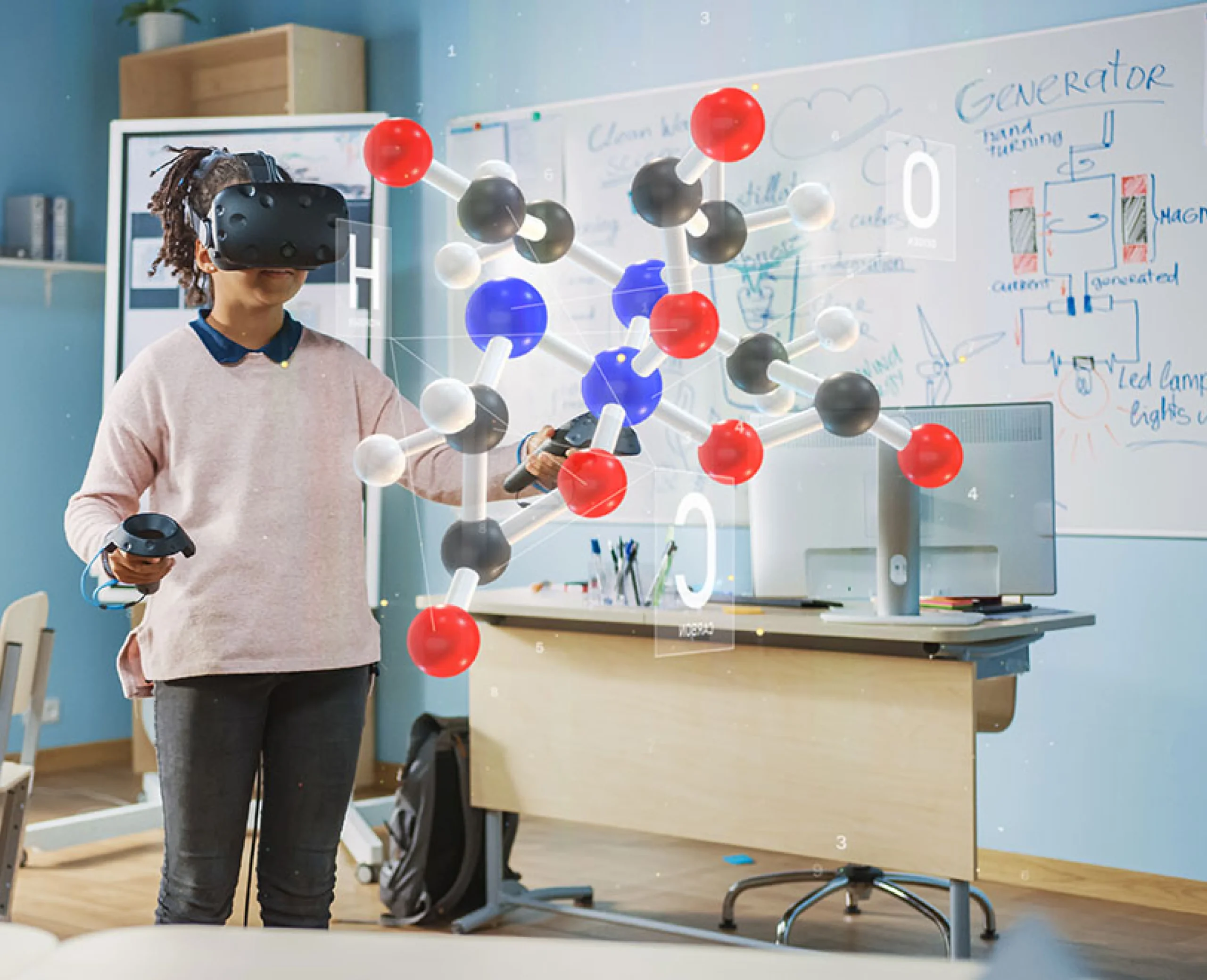
 AR in the classroom
AR in the classroom
An example of AR in action is Google’s “Expeditions” app, which allows students to take virtual field trips to far-off places like the Great Wall of China or dive into the deep ocean, all from the classroom. By overlaying information on the world around them, students can explore history, science, and geography in exciting new ways.
 VR for hands-on training
VR for hands-on training
VR is useful in vocational training. Imagine medical students practicing surgery in a VR simulation before ever stepping into an operating room. This provides a safe space for practice without the risk of mistakes that could harm a real patient. Similarly, pilots can train in virtual flight simulators before flying a real plane.
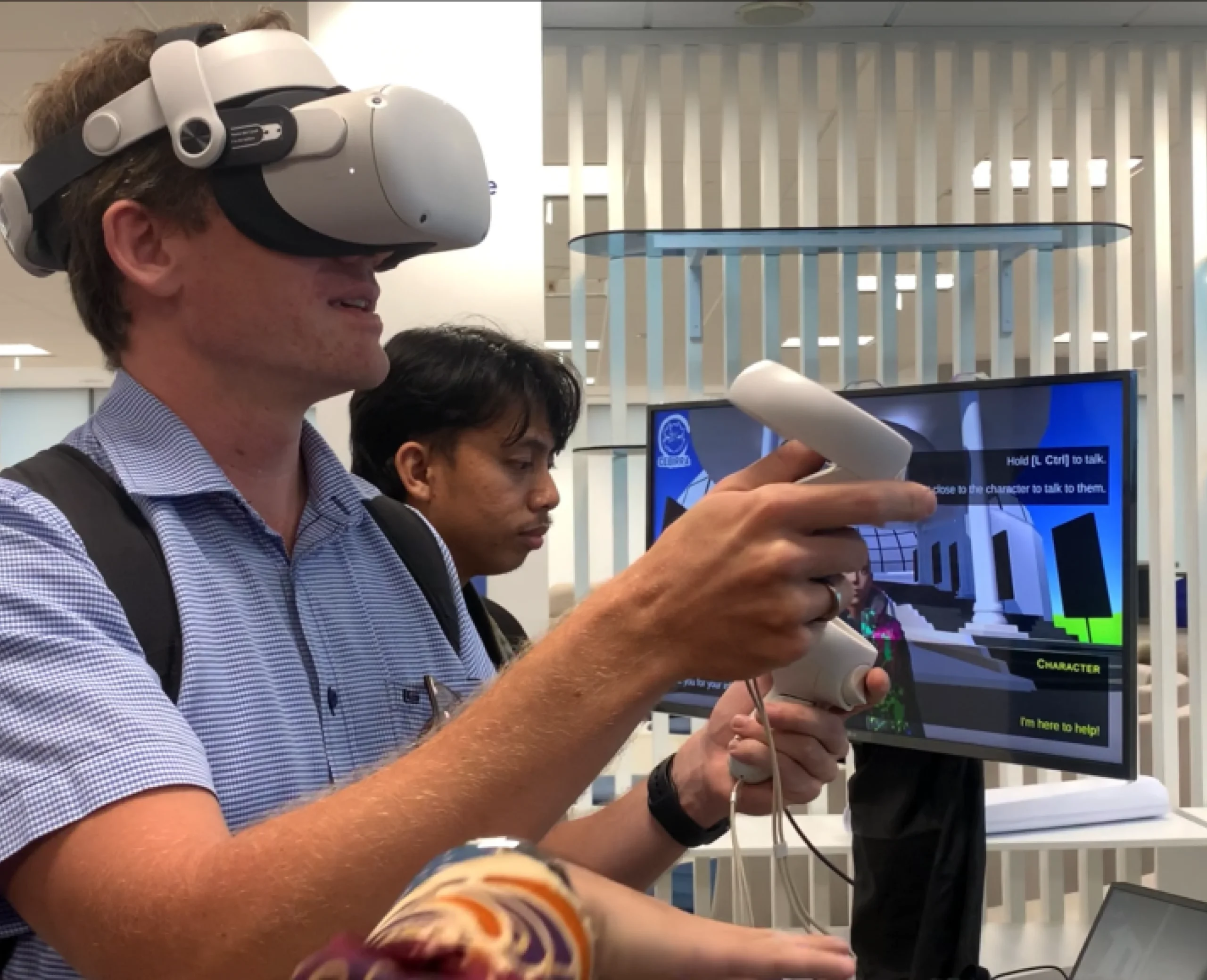
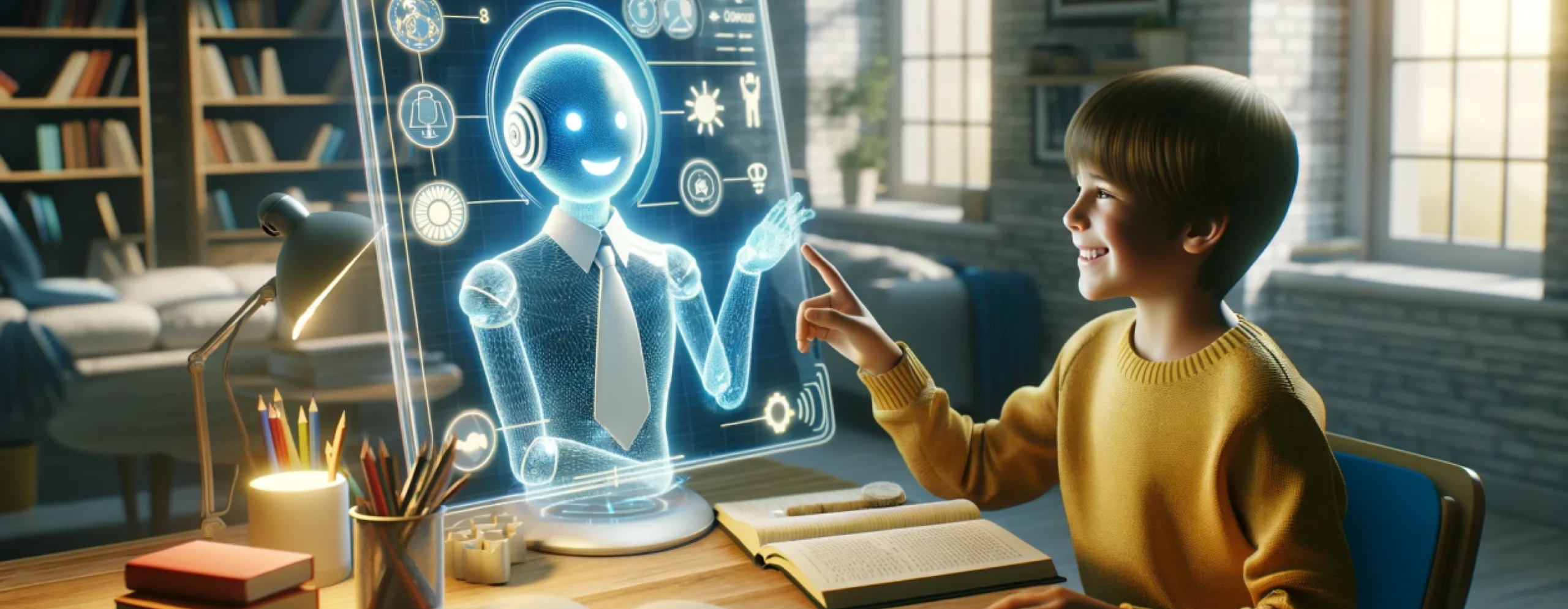
 AI-Powered tutoring and support
AI-Powered tutoring and support
AI-based learning platforms like “Duolingo” help students learn languages at their own pace. The AI adjusts the difficulty of exercises based on how well the student is doing, offering hints and motivation along the way. AI chatbots can also answer students’ questions outside school hours, offering support whenever needed.
Benefits of AR, VR, and AI in Education
Benefits of Augmented Reality (AR)
 Interactive Learning
Interactive Learning
AR makes learning fun! Instead of just reading from a textbook, students can interact with 3D models and see concepts in action. This helps them understand better.
 Visualizing Complex Ideas
Visualizing Complex Ideas
Some subjects, like science or math, can be tricky to grasp. AR helps by visualizing complex ideas, making them easier to understand.
 Engagement
Engagement
Students are more likely to pay attention when they can see and touch digital elements. This keeps them interested and motivated to learn.
Benefits of Virtual Reality (VR)
 Immersive Experiences
Immersive Experiences
VR transports students to different places and times. They can experience history or science firsthand, making the learning feel real and memorable.
 Safe Learning Environment
Safe Learning Environment
Students can practice skills, like surgery or driving, in a safe, controlled environment. They can make mistakes without real-world consequences, which builds confidence.
 Accessibility
Accessibility
VR can bring experiences to students who might not be able to travel or visit certain places, and it can expand their learning opportunities.
Benefits of Artificial Intelligence (AI)
 Personalized Learning
Personalized Learning
AI can adapt lessons to fit each student’s needs. If a student struggles with a topic, the AI can provide extra help and resources tailored just for them.
 Assessment
Assessment
AI can quickly grade tests and assignments, giving students and teachers instant feedback. This saves time and helps everyone understand where they need to improve.
 Learning at your own pace
Learning at your own pace
With AI, students can learn at a speed that suits them. They can spend more time on tough subjects and move quickly through topics they find easy.
Challenges of AR, VR and AI
Augmented Reality (AR)
 Cost and Accessibility
Cost and Accessibility
Not all schools can afford the technology needed for AR. Tablets and apps can be expensive, and not every student has access to them.
 Technical Issues
Technical Issues
AR can be glitchy sometimes. If the technology doesn’t work well, it can frustrate both students and teachers, making lessons less effective.
 Training for Teachers
Training for Teachers
Teachers need to learn how to use AR tools effectively. If they aren’t trained properly, they might not be able to use AR to its full potential.
Virtual Reality (VR)
 High Equipment Costs
High Equipment Costs
VR headsets and equipment can be pricey, making it hard for some schools to buy them for every student.
 Space Requirements
Space Requirements
VR often requires a lot of physical space to move around safely. In smaller classrooms, this can be a challenge.
 Motion Sickness
Motion Sickness
Some students may feel dizzy or sick when using VR, which can make it uncomfortable for them to learn.
Artificial Intelligence (AI)
 Privacy Concerns
Privacy Concerns
AI often collects data on students to personalize learning, which raises concerns about privacy and how that data is used.
 Dependence on Technology
Dependence on Technology
Relying too much on AI might make students less independent in their learning. They might depend on technology rather than thinking for themselves.
 Bias in Algorithms
Bias in Algorithms
AI systems can sometimes reflect biases present in the data they are trained on. This can lead to unfair treatment of some students if not managed properly.
Future Possibilities of AR, VR and AI
Augmented Reality (AR)
 More Accessible Technology
More Accessible Technology
As technology improves, AR tools may become cheaper and more accessible, allowing more schools to incorporate them into their teaching.
 Innovative Learning Experiences
Innovative Learning Experiences
We can expect more creative uses of AR, like virtual field trips or interactive science experiments that make learning even more engaging.
Virtual Reality (VR)
 Lower Costs and Better Quality
Lower Costs and Better Quality
As VR technology continues to advance, we may see cheaper, more user-friendly headsets that provide high-quality experiences for schools.
 Broader Use in Training
Broader Use in Training
VR is likely to become more common in training programs for jobs like medicine or engineering, where hands-on experience is crucial.
Artificial Intelligence (AI)
 Personalization
Personalization
AI will likely become even better at personalizing learning experiences, helping students learn in ways that fit their individual needs.
 Integration into everyday learning
Integration into everyday learning
AI tools could become a regular part of classrooms, helping teachers with grading, lesson planning, and providing instant feedback to students.
Conclusion
Looking ahead, as AR, VR, and AI will become more affordable and accessible, it will likely become a standard part of classrooms and training programs. Overall, the future of AR, VR, and AI in education looks promising, with the potential to transform how we learn and teach!
Related Post
-
F
-
A
-
Q
You usually just need a smartphone or tablet with the right AR apps. Some advanced uses might require special glasses.
VR offers a safe way to practice skills and provides realistic experiences that help students learn better and feel more confident.
AI helps create customized learning experiences for students by suggesting lessons based on their progress and providing quick feedback on their work.
The future looks bright! AR and VR will likely become affordable and more common in classrooms, while AI will keep improving personalized learning for students.
Want to Scale
Your Business? Let’s Meet & Discuss!

CANADA
30 Eglinton Ave W Mississauga, Ontario L5R 3E7

INDIA
3rd floor Purusharth Plaza, Amin Marg, Rajkot, Gujarat. 360002
Get a Quote Now
Let's delve into a thorough understanding of your challenges and explore potential solutions together
 What it is
What it is